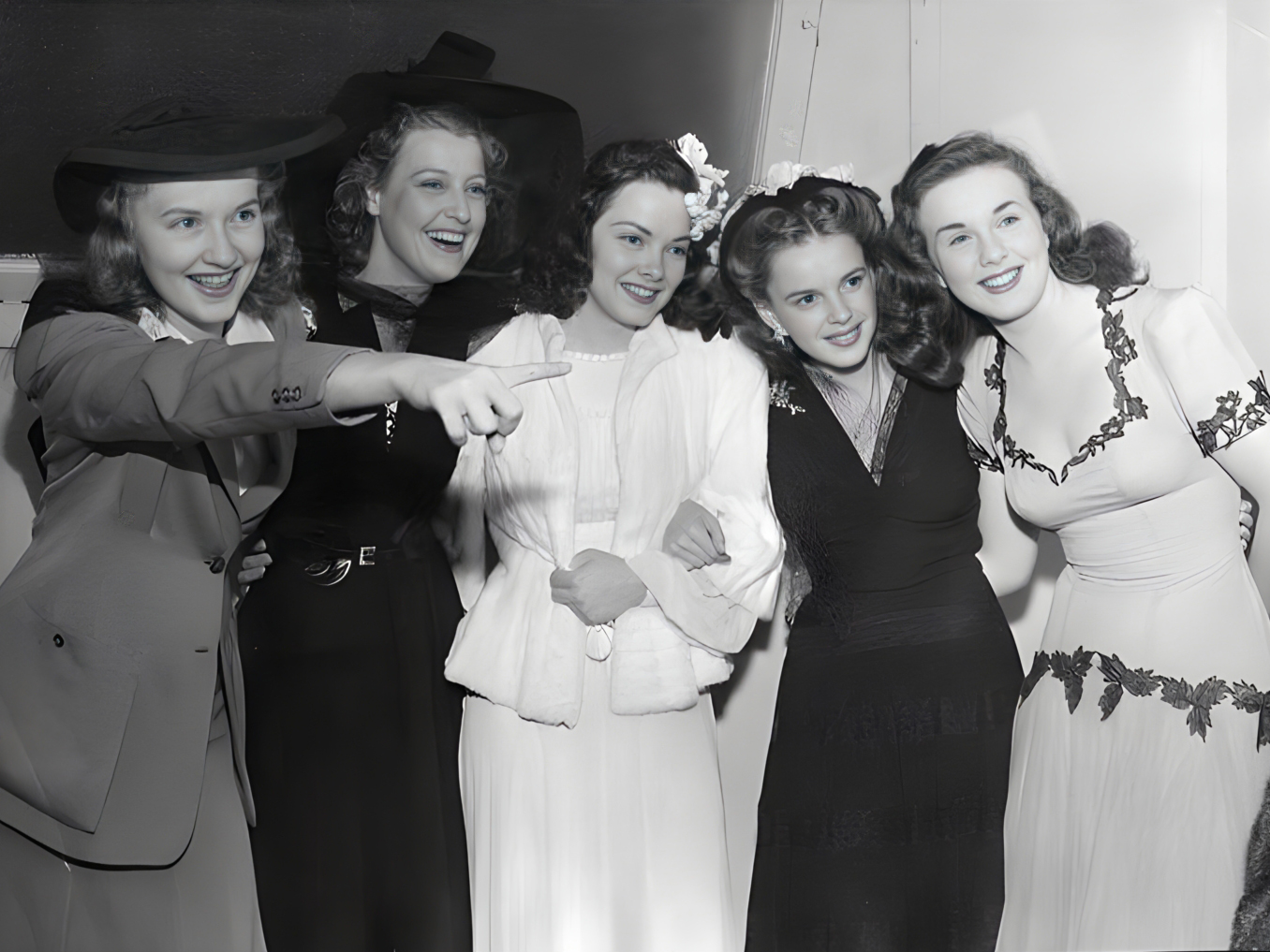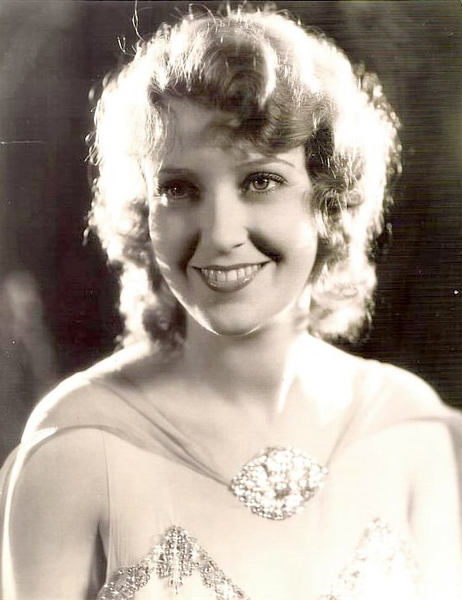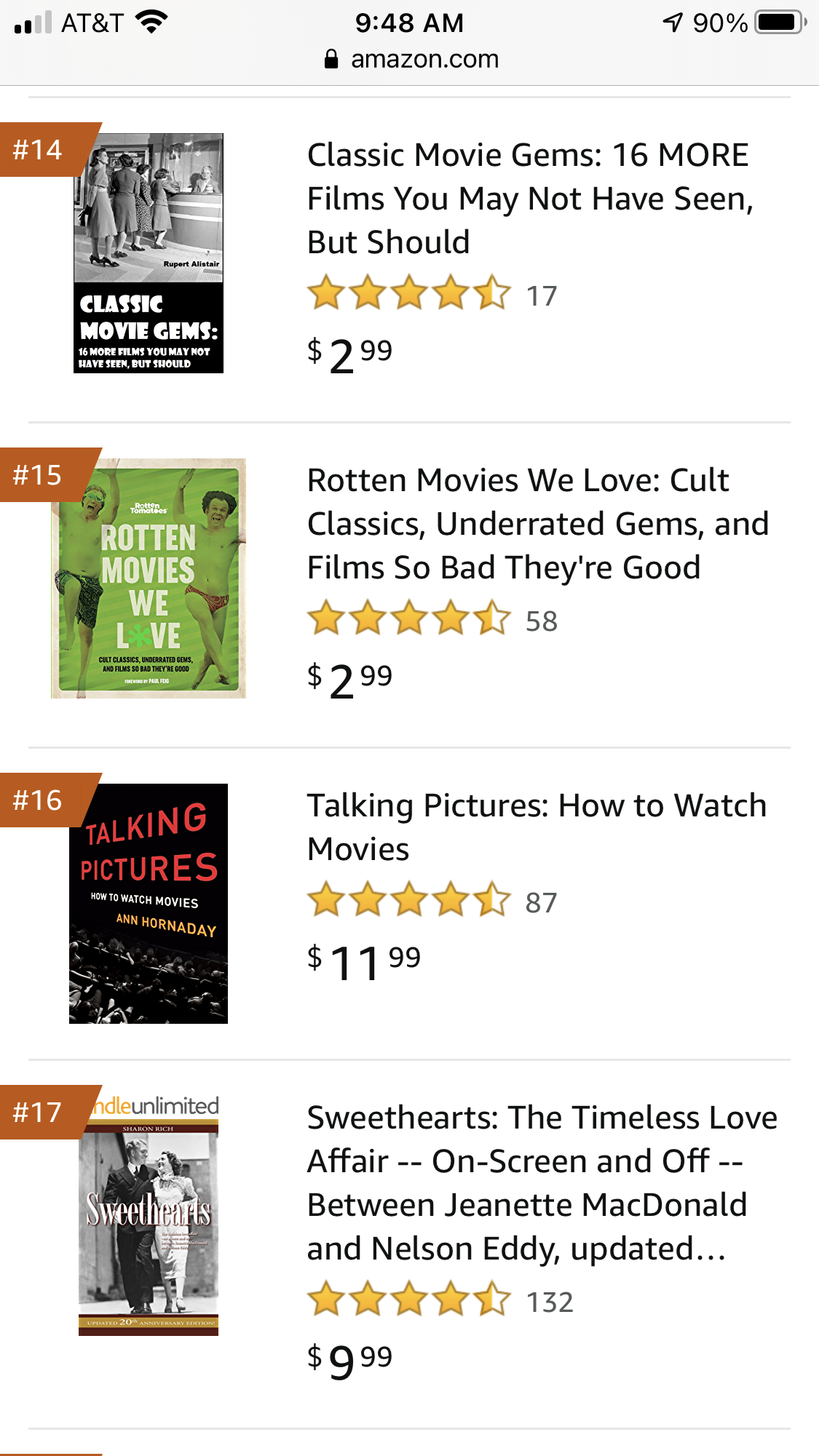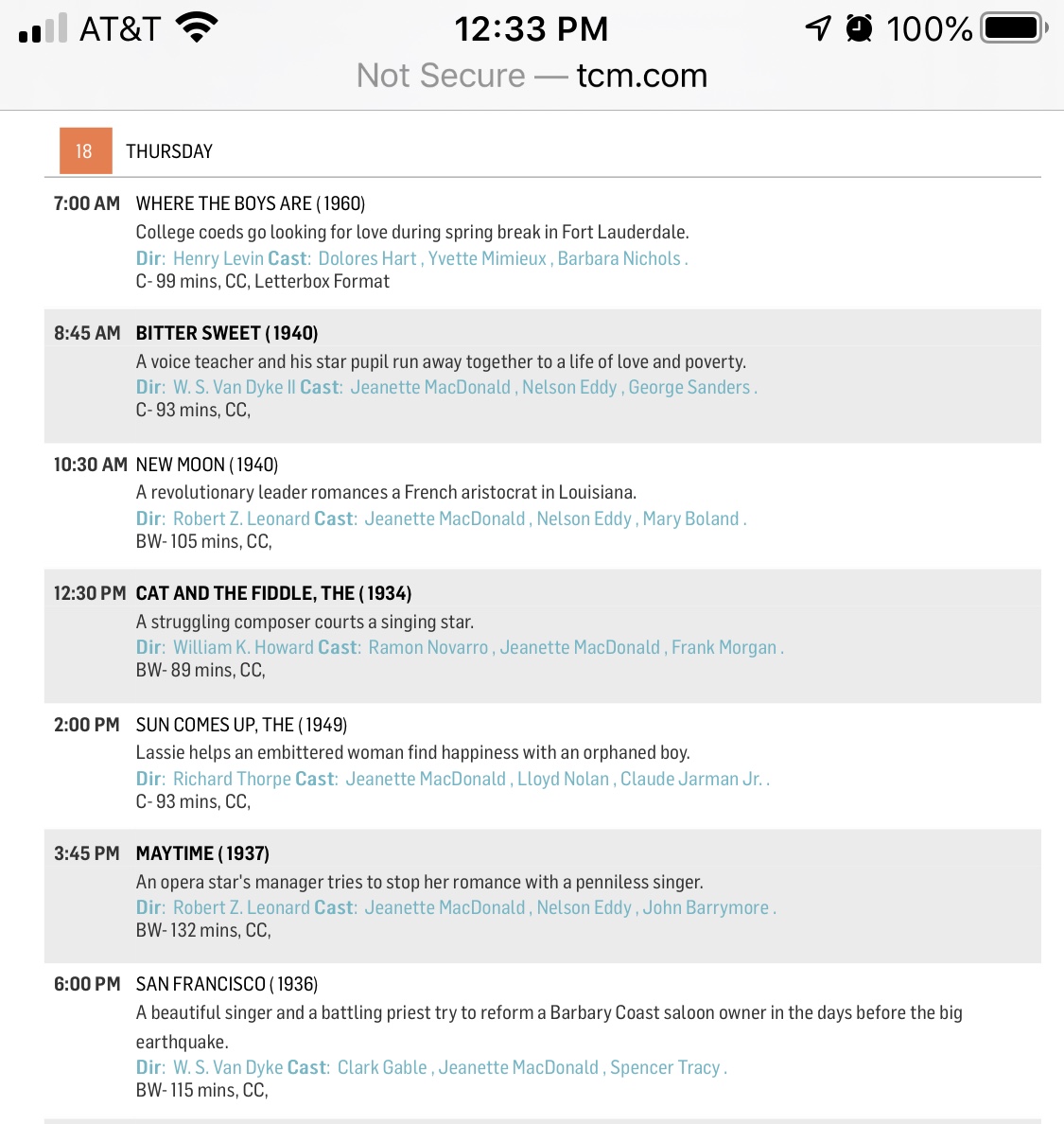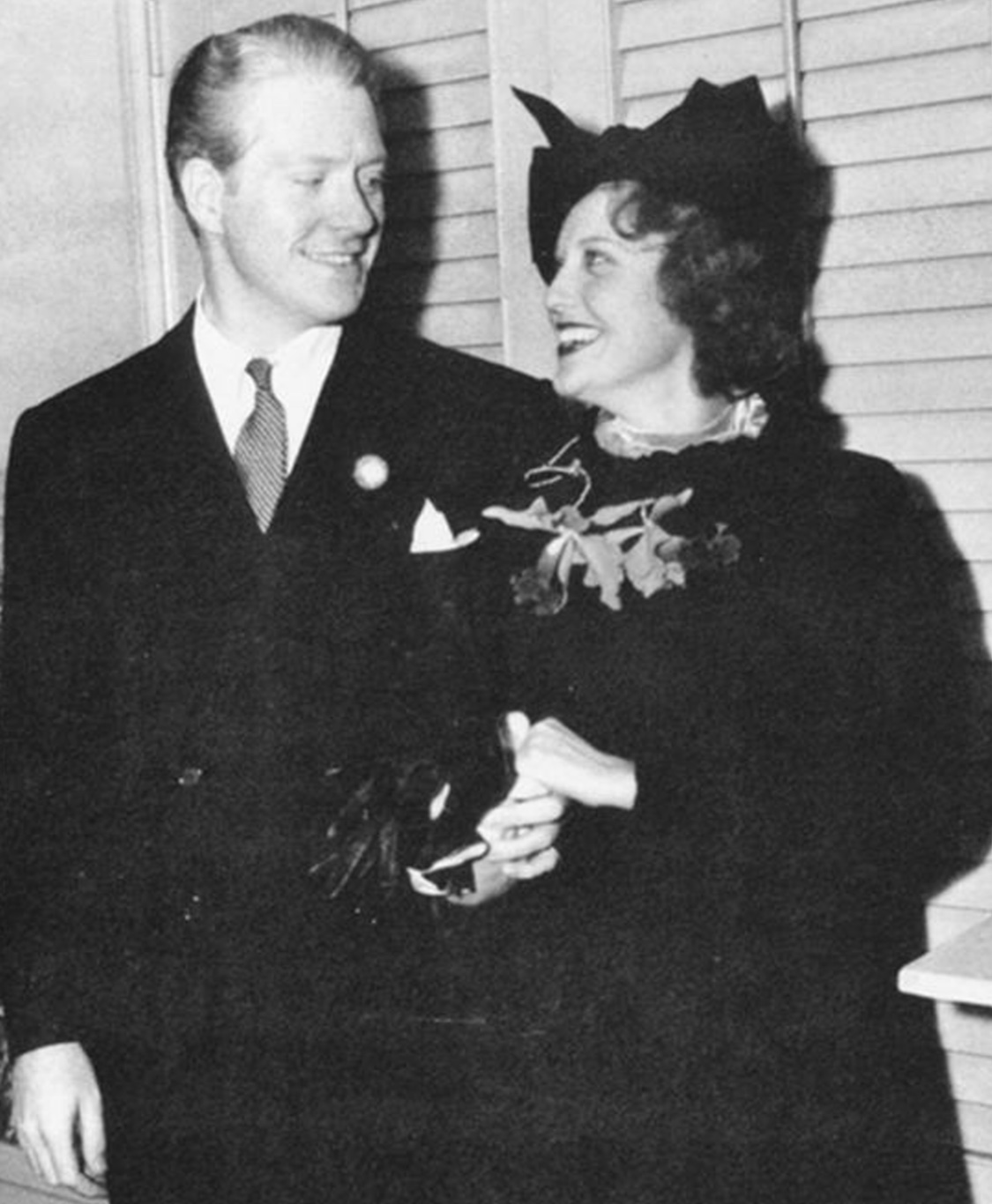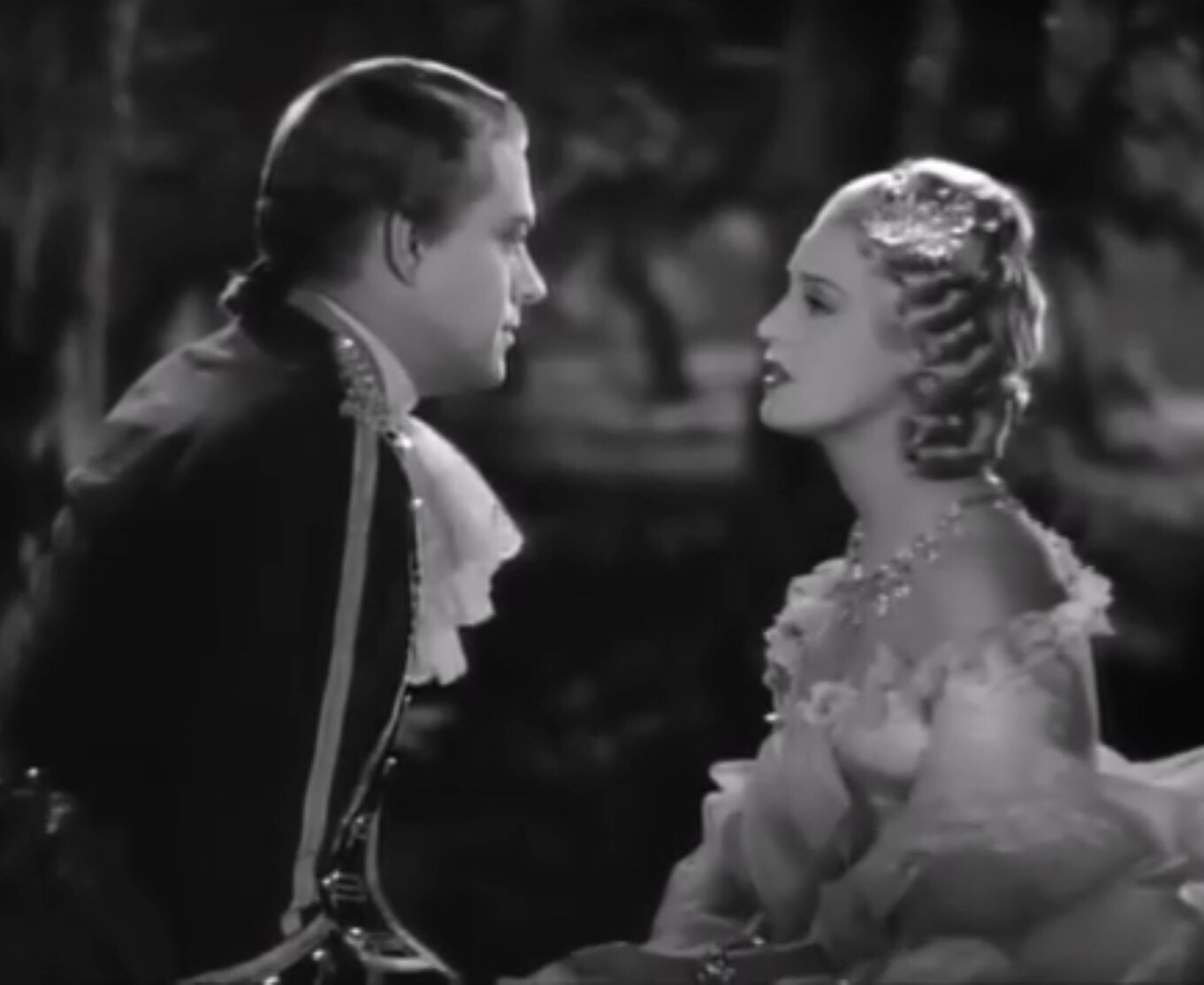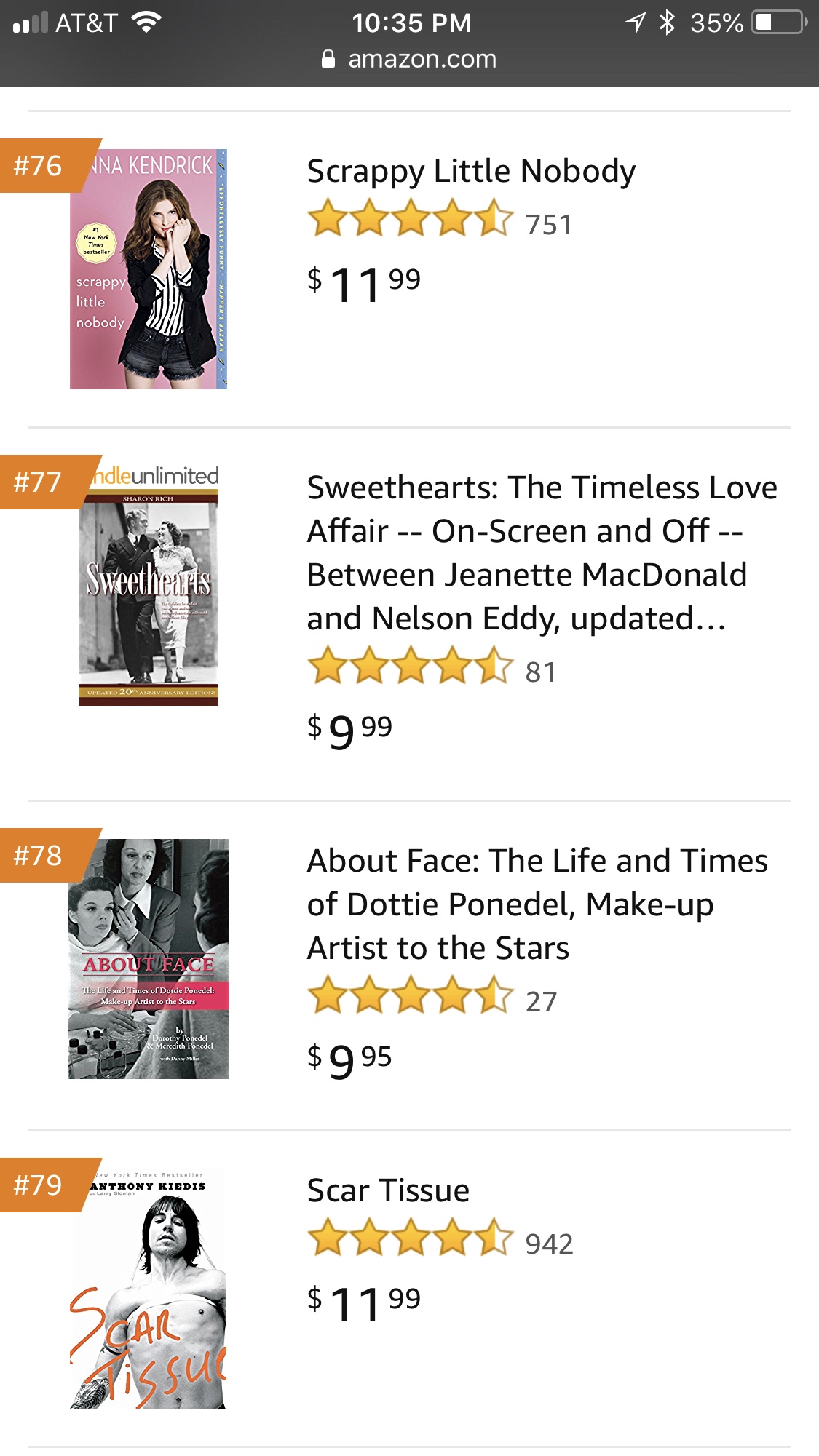Jeanette MacDonald, the “Queen of Hollywood”, is pictured above with the younger generation of singing stars. All of them are
Sharon’s Blog
Some time after Sweethearts was published in 1994, I did a joint book signing with Judy Lewis, the illegitimate daughter
A young shot of Jeanette MacDonald, today’s birthday girl. She was gorgeous, talented and wildly successful and should have enjoyed
During this last week of 2020, “Sweethearts” returned to Amazon’s Best Seller list. It has been on and off the
Christmas 1945…seventy-five years ago…Nelson and Jeanette spent it at one of their hideaway homes. His mother, Isabel Eddy, detailed Christmas
On this September 11, “Out of the Clear Blue Sky” is the documentary I recommend everyone watch and not just because
“Sweethearts” went back up on the Amazon Best Seller list on Jeanette’s birthday (June 18) and is continuing to be
June 18 is Jeanette MacDonald’s birthday and for new or old fans, it’s an all-day marathon on Turner Classic Movies!
At long last, the story of Jeanette MacDonald and Nelson Eddy comes to the big screen! Announcement link: https://deadline.com/2019/05/michael-radford-sweethearts-jeanette-macdonald-nelson-eddy-1202620930/
Above, reel life becomes real life! Nelson Eddy and Jeanette MacDonald in the most famous scene from their 1940 MGM
Jeanette MacDonald and Nelson Eddy rock! “Sweethearts” has been back on Amazon’s Best Seller list this week. Snapped a screenshot
Girl was the fourth MacDonald/Eddy team movie and the one most affected by what was happening in their personal lives.
